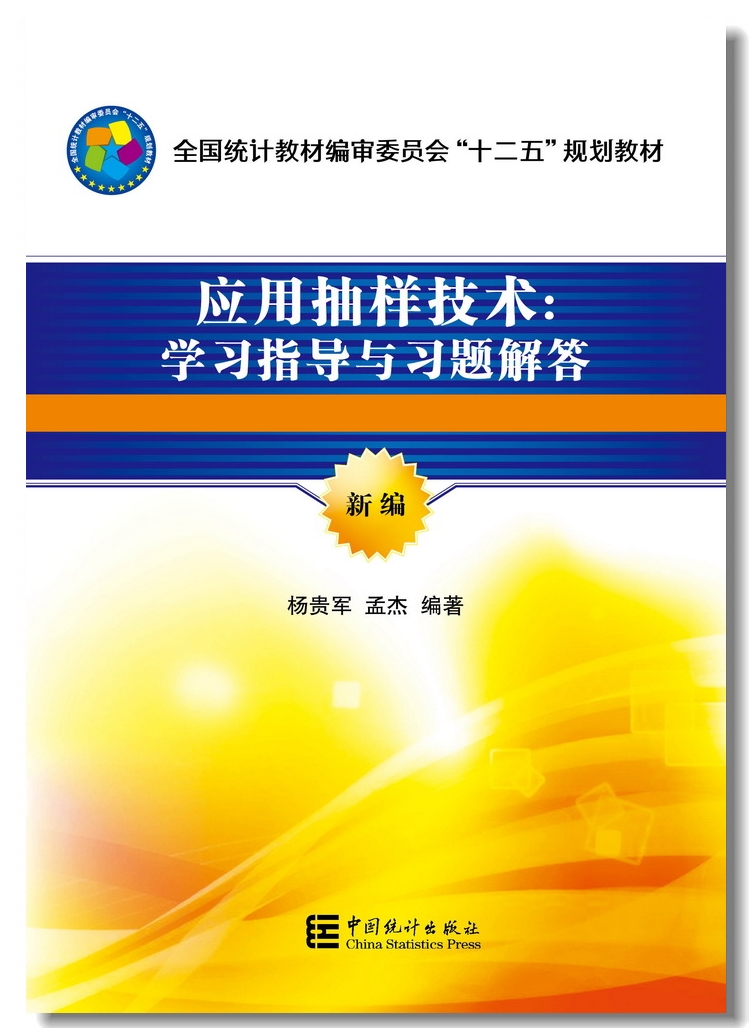
内容简介
《应用抽样技术:学习指导与习题解答》与全国统计教材编审委员会“十二五”规划教材《应用抽样技术》配套,主要包括抽样技术的基本概念、简单随机抽样、分层随机抽样、比率估计和回归估计、等距抽样、单级整群抽样、两级抽样。每个章节的结构都按照知识要点、习题解答和习题解答的R语言代码等内容进行编排,便于读者更好地把握每章内容的教学重点,解析每章的习题。
本书稿兼顾以下两方面:
(1)强调习题解答的严谨性。希望读者能够严谨地回答每道习题,从理论上正确理解抽样方法的特点和应用条件。这是抽样技术合理应用于调查实践的基础。
(2)注重习题解答的R语言实现。编写R语言代码是为了便于学生模仿,使其能够代替繁琐的计算,而将重点集中于学习抽样方法的性质。
本书可以用作统计学专业本科生和研究生的抽样技术课程学习手册,也可以用作非统计学专业本科生、硕士生或从事抽样调查的相关人员的参考资料。
《Applied Sampling Techniques: Learning Manual and Solution》is supporting textbook for The Twelfth Five-Year Planning Textbook《Applied Sampling Techniques》of National Statistics Textbook Editing Committee. This textbook contains the basic concepts of sampling techniques, simple random sampling, stratified random sampling, ratio estimation and regression estimation, systematic sampling, cluster sampling, two-stage sampling. Each chapter provides knowledge points, the answers to exercises and the R code of the solution. The readers can better learn the sampling techniques from this textbook.
The following two aspects is considered:
(1) The solution rigor is emphasized. Readers are expected to be able to answer each exercise correctly, and understand the properties and application of the sampling techniques. It is the basis for sampling techniques to be reasonably used to investigation practice.
(2) R codes are focused on problem solving. R codes are easy to imitate. Instead of tedious and repeated calculations, readers pay more attention to the statistical properties of sampling techniques.
This book can be used as the guide of sampling techniques for the statistical professional undergraduate students and graduate students. It can also be used as reference for the non-statistical professional undergraduate student, graduate students or the readers to interesting in sample survey.